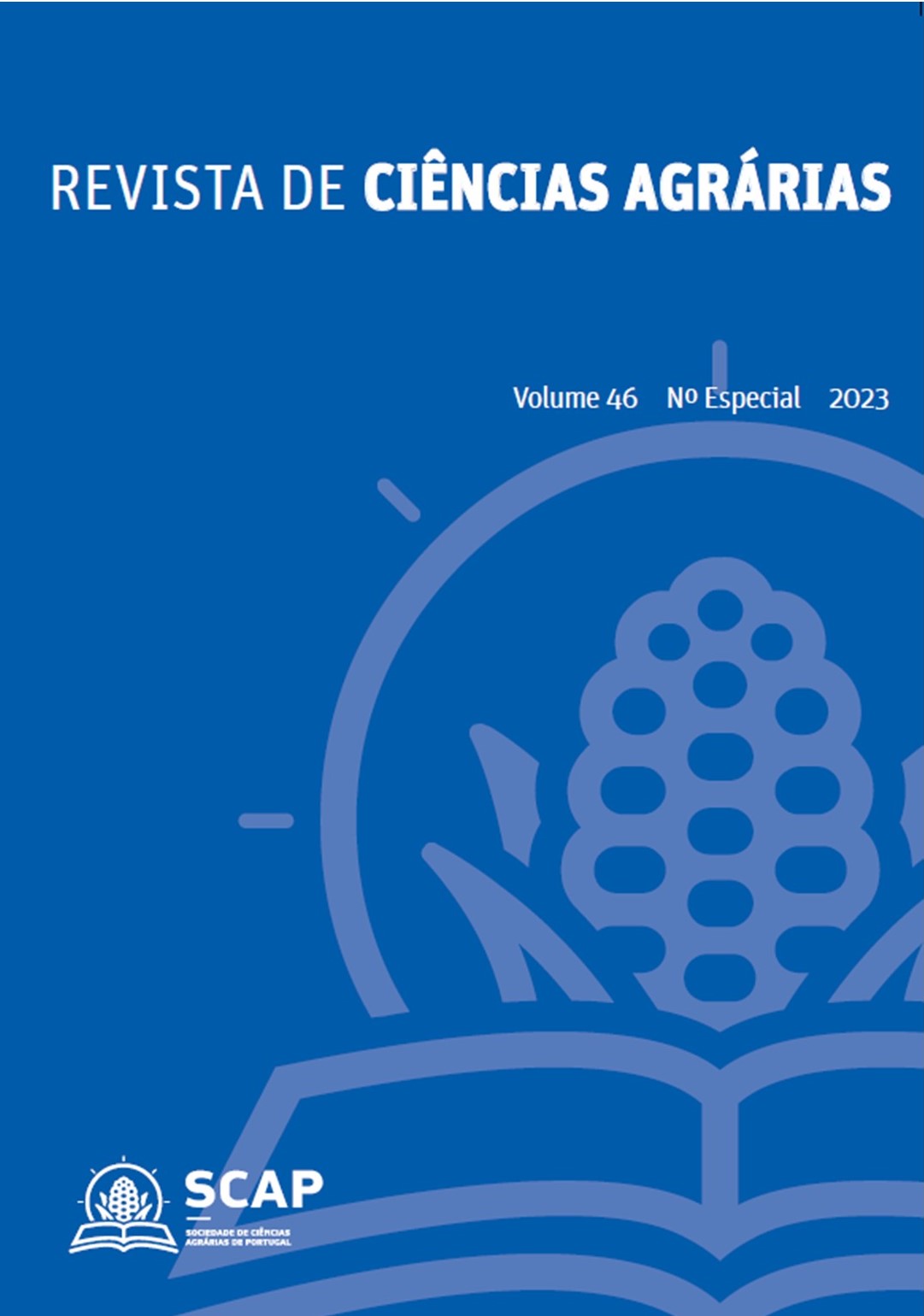Potential for elaboration of Biochar-Based Fertilizers produced from olive pomace in Portugal
DOI:
https://doi.org/10.19084/rca.33387Abstract
The management of olive pomace (OP), a by-product of olive oil production, has been a challenge in all Mediterranean countries, due to the various environmental impacts on soil when left untreated. In the present study, a strategy is proposed to convert this waste into biochar through pyrolysis for its subsequent use as a fertilizer in agriculture. Specifically, biochars were prepared from the pyrolysis of OP at 500 and 800°C, with and without H3PO4 and MgO in the proportions of 1:0.125, 1:0.25 and 1:0.50 (OP:H3PO4) and P:Mg molar ratio of 1:1, respectively. The biochars were characterized according to the total contents of C and macronutrients (P, Ca, Mg and K), and pyrolysis yields were also calculated. Prior addition of H3PO4 to pyrolysis increased the yield of biochars for all OP:H3PO4 ratios, at both temperatures (500 and 800 °C). The most pronounced increase was observed for the 1:0.50 ratio (OP:H3PO4) with 46.0% and 78.8% increase, respectively at 500 and 800°C, compared to the yield of biochar only with OP. The total P and Mg contents increased with H3PO4 and MgO addition, achieving similar values to those of commercial P and Mg chemical fertilizers. Modified biochars may have promising applications for sustainable agricultural development that implements the idea of a circular economy in practice.


